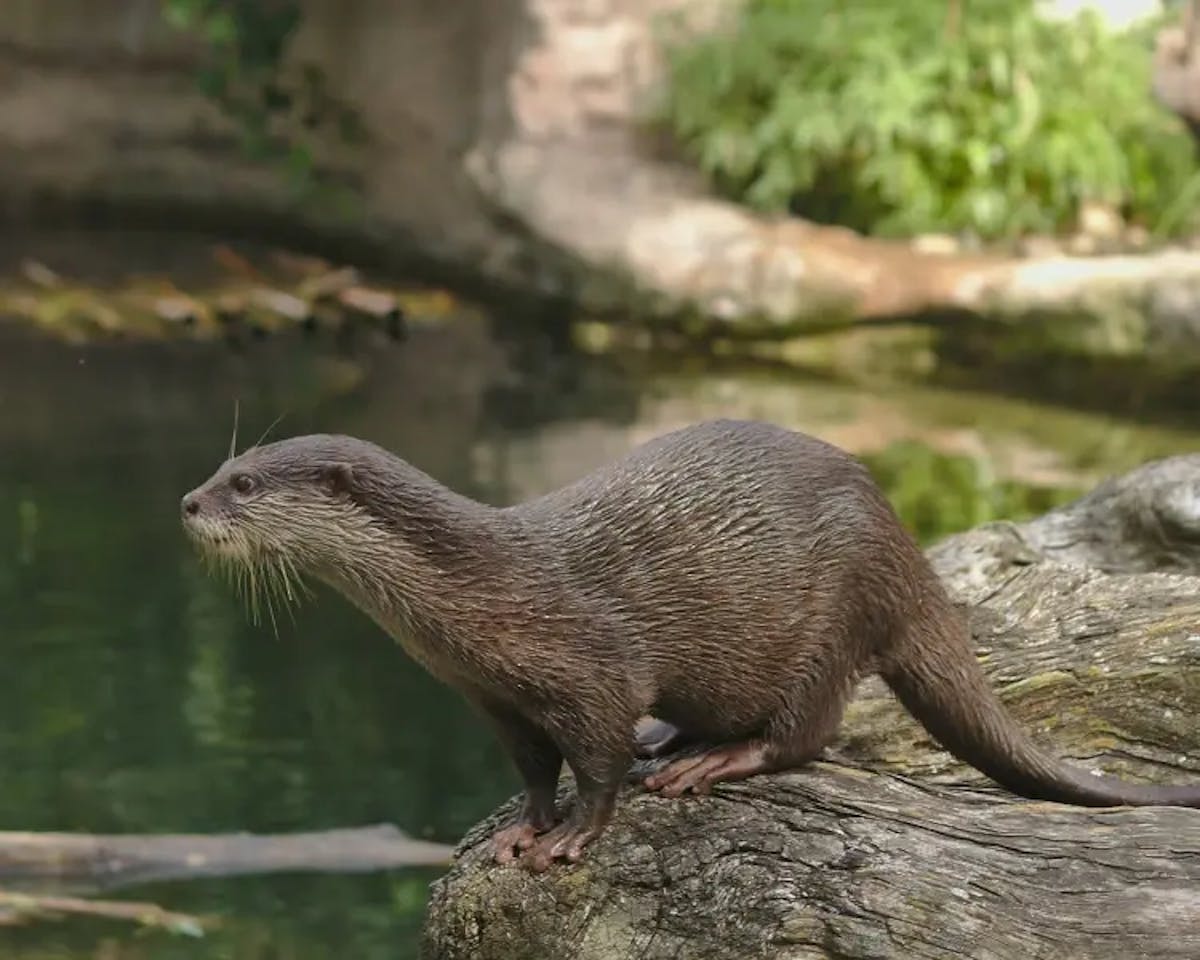Aquatic acrobats: The playful world of smooth-coated otters in Asia
One Earth’s “Species of the Week” series highlights an iconic species that represents the unique biogeography of each of the 185 bioregions of the Earth.
In the labyrinth network of rivers, lakes, and wetlands across Asia, from Bangladesh's dense mangrove forests to Indonesia's winding waterways, live creatures whose playful antics captivate all who encounter them.
Smooth-coated otters (Lutrogale perspicillata), with sleek, dark fur and striking white markings on their throats and chests, are members of a remarkable species that is key to the delicate balance of life in aquatic ecosystems.

Smooth-coated otters (Lutrogale perspicillata) are the Iconic Species of the Indochina Mixed Forests & Peatlands Bioregion (IM12).
Distinctive features of smooth-coated otters
The smooth-coated otter features a dense and sleek coat, with a color gradient from dark to reddish-brown on the back to a lighter brown or nearly gray on the belly. This species stands out from its otter counterparts with its rounded head shape and a unique, hairless nose that resembles an irregular diamond.
This species is among the larger otters, weighing between 7 and 11 kilograms (15 to 24 lb) and measuring 59 to 64 centimeters (23 to 25 in) in body length, plus a tail length of 37 to 43 centimeters (15 to 17 in).
Social dynamics and hunting strategies
Smooth-coated otters are highly social creatures who form tight-knit family groups and rely on cooperative hunting and communication to navigate their waters. They’ve carved out a niche in some of Earth's most diverse and dynamic habitats, thriving in environments where land and water converge.
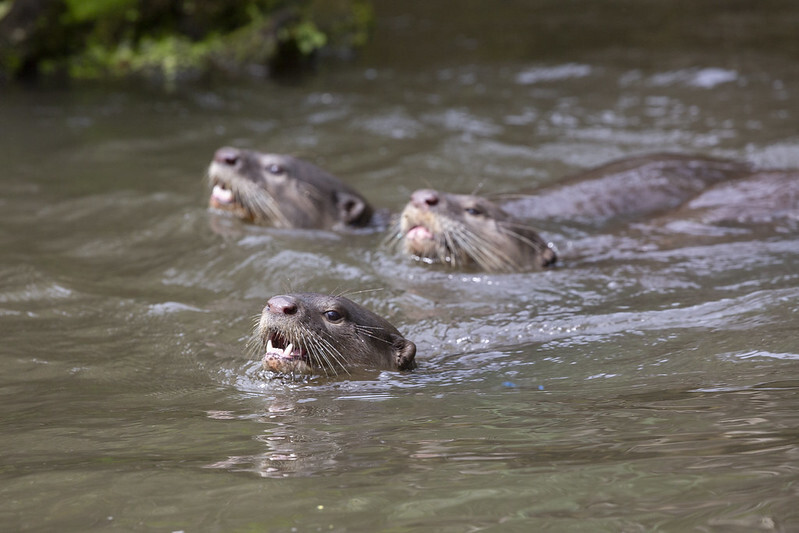
Smooth-coated otters form tight-knit family units, hunting and navigating waterways together. Image Credit: Wiki Commons.
Adaptations for an aquatic lifestyle
Semiaquatic, they are expert swimmers, equipped with webbed feet and streamlined bodies that enable them to navigate swift currents and deep dives effortlessly. Their keen sense of smell and acute vision make them formidable hunters who prey on fish, crustaceans, and even small mammals.
Ecosystem engineers
Smooth-coated otters play a crucial role in maintaining the health and balance of their ecosystem by connecting its various elements. As voracious predators, they help regulate populations of fish and crustaceans, preventing overpopulation while indirectly influencing the distribution of plant communities and shaping the flow of energy through aquatic food webs.
Their foraging habits contribute to the dispersal of seeds, aiding in the regeneration of riparian vegetation. Their presence also mitigates the spread of waterborne diseases, helping maintain their habitats' overall health.
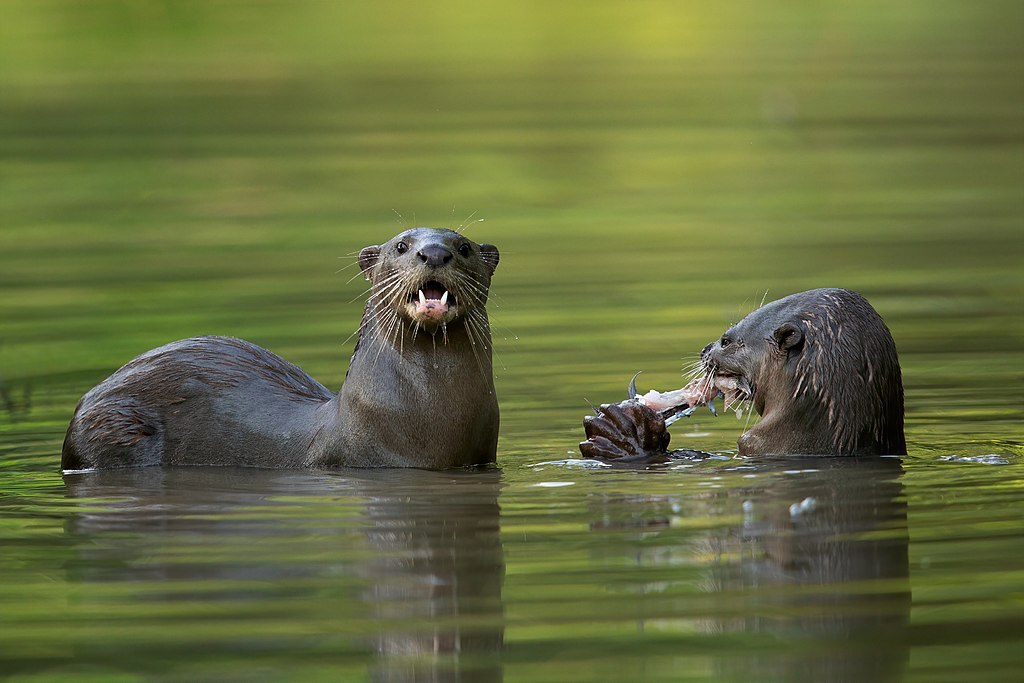
Cultural significance across Asia
Across Asia, smooth-coated otters hold a special place in Indigenous peoples' cultural and mythological traditions. Revered for their playful nature and cunning intelligence, they feature prominently in legends and folklore. In some cultures, they are seen as symbols of luck and prosperity, while in others, they are associated with wisdom and adaptability.
Conservation challenges and solutions
Despite their ecological and cultural importance, smooth-coated otters face many threats to their survival. Significant challenges are presented by habitat loss and degradation driven by urbanization, agriculture, and infrastructure development. In some regions, pollution, overfishing, and indiscriminate trapping further exacerbate their plight, pushing these charismatic creatures to the brink of extinction.
Efforts to conserve smooth-coated otters are underway, but much remains to be done. From establishing protected areas and habitat restoration initiatives to community-based education and outreach programs, a multifaceted approach is needed to safeguard their future.
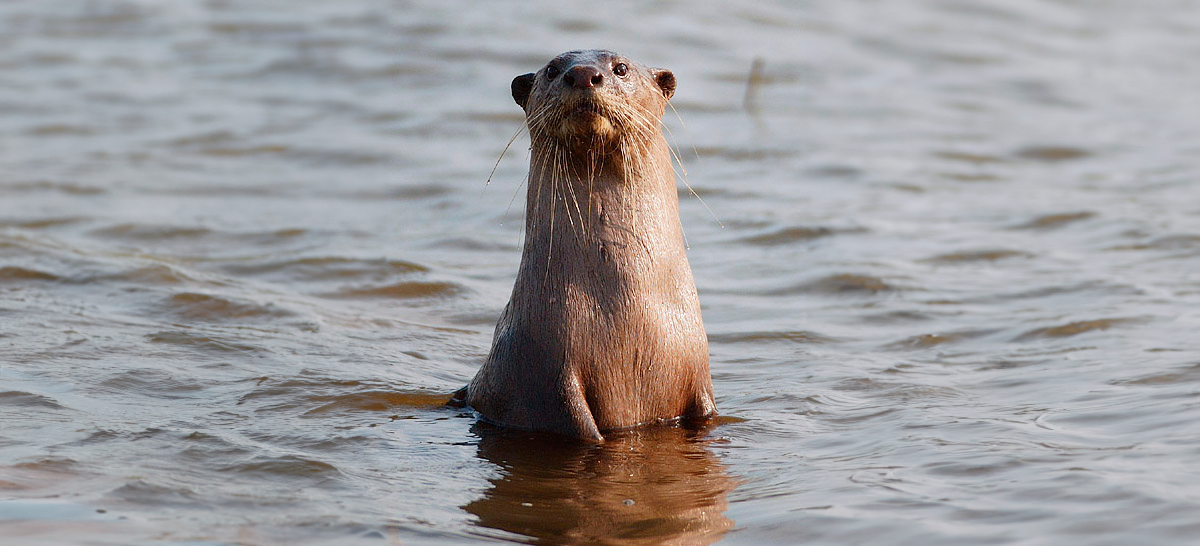
Protecting the playful, smooth-coated otter
By raising awareness, fostering collaboration with local communities, and advocating for more robust conservation measures, we can ensure that these remarkable creatures continue to play gracefully in Asia’s rivers, lakes, and wetlands for generations to come.
You might also like
-

How sea otters fight climate change by guarding kelp forests
By helping underwater kelp forests thrive, sea otters can help sequester an estimated $400 million worth of carbon annually.
-
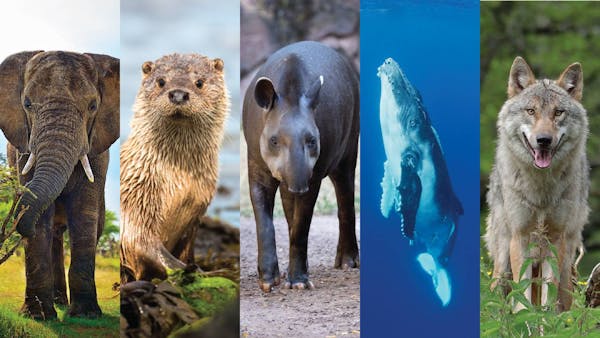
Celebrating unsung climate heroes: How five animals help fight climate change
African elephants, sea otters, tapirs, whales, and wolves all help fight the climate crisis by helping their ecosystems store carbon.
